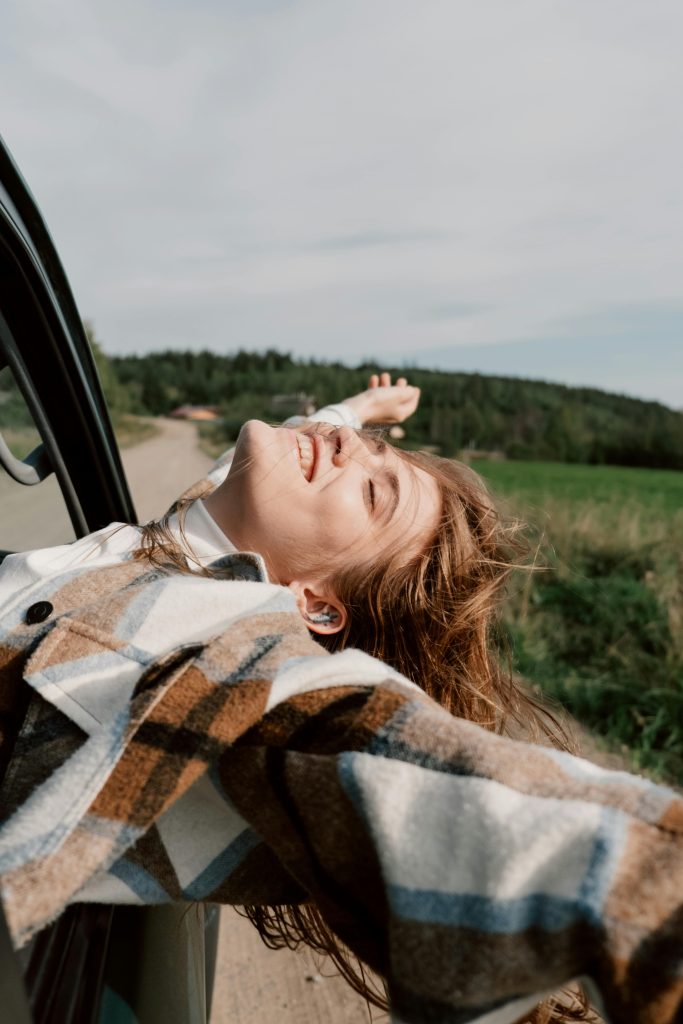The Best Women’s Regency Fashion A Timeless Elegance 2024
September 30, 2024women’s regency fashion period, spanning roughly from 1811 to 1820, has left a lasting legacy on women’s fashion. During this era, fashion evolved dramatically, embracing elegance, simplicity, and refinement. The styles of this time are instantly recognizable due to their signature silhouettes and intricate details. Women’s Regency fashion was not only a reflection of societal changes but also influenced by art, literature, and even politics. This article delves into the core aspects of Regency fashion, exploring the nuances that make it timeless.
The Signature Silhouette of women’s regency fashion

One of the most defining features of Regency fashion for women was the empire waistline. This style, with a high waist that sat just below the bust, created a long and flowing silhouette that was both graceful and feminine. The simplicity of the design highlighted a woman’s natural shape without the excessive use of corsets that had been popular in earlier periods. Dresses from this era were often made from lightweight fabrics like muslin, cotton, and silk, allowing the garments to flow freely and add to the soft, romantic aesthetic.
Materials and Fabrics of the Time women’s regency fashion
During the Regency period, the choice of materials played a vital role in defining class and status. Women of higher social standing often wore gowns made of fine silks and embroidered muslin, while lower-class women relied on more practical fabrics like wool or heavier cotton. The fabrics were chosen not only for their appearance but also for their practicality. Regency fashion was deeply intertwined with comfort—lightweight materials allowed women to move more freely, and the styles were better suited to the social activities of the time, such as promenades and evening balls.
Influences on women’s regency fashion
Regency fashion was not created in isolation. It drew inspiration from several historical and cultural sources, including classical antiquity and the Neoclassical movement. The interest in ancient Greece and Rome during this period led to the adoption of simpler, flowing lines reminiscent of ancient Greek togas. These styles celebrated natural beauty and were a far cry from the more restrictive fashions of the Georgian era.
The Role of Politics and Society
The social and political climate of the Regency period also heavily influenced women’s fashion. With the Napoleonic Wars affecting trade, there was a shift towards using more domestically produced fabrics and materials. This gave rise to simpler, more practical garments. Additionally, the rise of middle-class wealth meant that fashion was no longer the exclusive domain of the aristocracy. Ready-to-wear garments became more available, allowing women from different economic backgrounds to participate in the fashion trends of the time.
Key Garments of the Regency Period

Day Dresses vs. Evening Gowns
A woman’s wardrobe during the Regency era consisted of two main categories: day dresses and evening gowns. Day dresses were often made of sturdier materials like wool or cotton and were more modest in design. They featured long sleeves and higher necklines, catering to the social etiquette of the time. In contrast, evening gowns were more elaborate, often featuring lower necklines, short sleeves, and intricate embroidery. These gowns were designed to make a statement, especially at social gatherings like balls and dinner parties.
Outerwear: Shawls and Pelisses
Outerwear also played a crucial role in Regency fashion. The pelisse, a long, fitted coat, was a popular choice for women during the colder months. It was often made of luxurious materials like velvet or silk and could be trimmed with fur for extra warmth. Another staple was the shawl, which was typically made of light materials like cashmere and draped elegantly over a woman’s shoulders. Shawls were not only practical for warmth but also added a layer of sophistication to the overall ensemble.
Bonnet Styles
No Regency outfit was complete without the appropriate headwear. The bonnet, in particular, was a quintessential part of a woman’s wardrobe during this time. Bonnet styles varied greatly, from the poke bonnet with its wide brim designed to shield the face from the sun to the turbans inspired by Eastern influences. Bonnet decorations such as ribbons, feathers, and flowers allowed women to express their tastes while adhering to fashion norms.
Colors and Patterns in Regency Fashion
Color choices in Regency fashion often reflected a woman’s social standing and the occasion. Pastel shades like soft pinks, blues, and greens were popular for daytime wear, while deeper, more opulent tones like purples and reds were reserved for evening gowns. Additionally, the use of floral and geometric patterns became more widespread during this period. Although the overall aesthetic was still one of simplicity, subtle patterns added a touch of individuality to each piece.
Regency Accessories: The Finishing Touches
Accessories were essential in completing the Regency look. Jewelry was often understated, with pearls and delicate gold pieces being favored over more ostentatious designs. Gloves were also a crucial part of a woman’s ensemble, as they were worn both during the day and at evening events. They added an air of elegance and propriety to the overall outfit. In addition, reticules (small handbags) became popular, as the slim silhouette of Regency dresses made it impractical to include pockets.
The Legacy of Women’s Regency Fashion
Women’s Regency fashion has continued to influence modern designers and pop culture. From the pages of Jane Austen’s novels to period dramas like “Bridgerton,” the elegance of this era remains a source of inspiration. The empire waistline, in particular, has been revived in various fashion cycles, most recently in the early 2000s. Designers often look to the Regency period for its simplicity, grace, and timeless appeal.
The Enduring Appeal of Regency Fashion in Modern Times

The beauty of Regency fashion lies in its versatility and adaptability. Its clean lines and understated elegance have allowed it to transcend time, influencing bridal fashion, evening wear, and even casual summer dresses. The emphasis on comfort and natural beauty that defined the Regency period is still relevant in today’s fashion world, making it a style that continues to captivate and inspire.

I am Freelancer From In Bangladesh
InFo : Whatsapp : 01616708249
Gmail : freelancerrakib819@gmail.com
